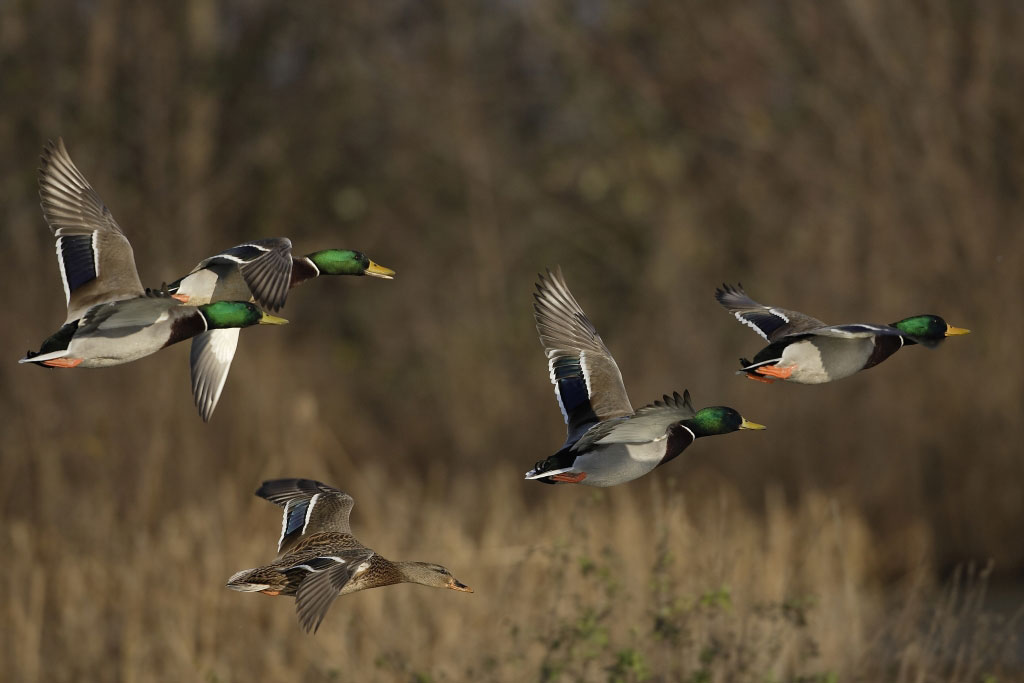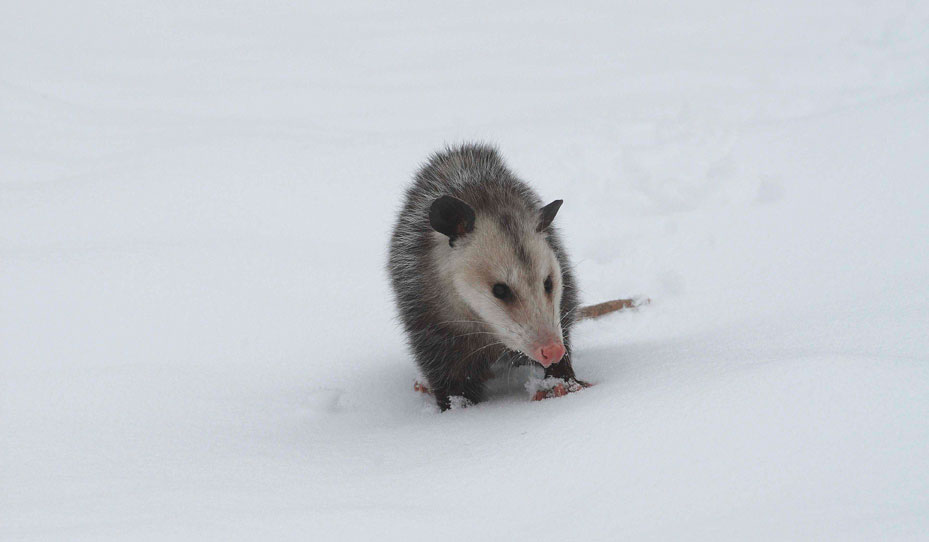
Migration
- North America is divided into four major flyways for waterfowl migration.
- Mallards can be found on the Pacific, Central, Mississippi and Atlantic Flyways.
- Some mallards will travel over 1,500 miles during their annual fall migration.
- Migration altitude varies ranging from 200 feet up to 4,000 feet.
- When spring migration arrives, mating pairs of mallards fly north to the breeding grounds together.
Waterfowl Management
- Moist soil management is simply the strategy of encouraging natural wetland plants to grow so that waterfowl can benefit from a diverse habitat.
- Ducks are most attracted to wetlands with approximately equal coverage of vegetation and open water.
- Ducks of all varieties will visit your property if you develop proper food sources and habitat.
- When creating wetlands, work with what you have. Don't try and force your land to do something it is unable to do.
- Planting different food sources will keep the ducks around longer because they like the variety.
Did you know?
- Some sources think mallards are thought to be the most abundant duck on earth.
- Although there are records of mallards living longer than 20 years, their average life span in the wild is 5-10 years.
- Mallards need adequate nutrition throughout the winter months so they are healthy enough to migrate back to their breeding grounds.
- Mallards rely on a variety of food sources including: invertebrates, amphibians, grains and other cash-crop, fish, aquatic plants as well as various dry-land plants.
Mallard Reproduction
- Mallards start choosing mates in the fall and the courtship can be seen throughout winter and spring.
- The female mallard, or hen, always chooses the breeding grounds.
For more on waterfowl read “Four Keys to Successful Wood Duck Boxes.” With the increase of urbanization and short-term timber harvesting natural wood duck nesting habitat is decreasing. Most timber-stands are currently managed for the quickest return possible. Therefore, old growth mature hardwoods, which provided cavities for nesting, are decreasing. So what can we do about this decline? Install wood duck boxes!
This article is courtesy of the GameKeepers Farming for Wildlife publication, a quarterly wildlife and land management magazine produced by the Mossy Oak GameKeepers. For more information on subscribing or joining visit Mossy Oak GameKeepers Club.






























